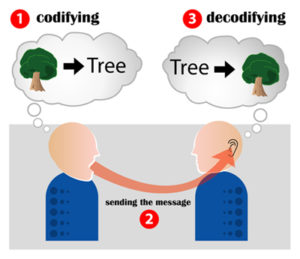In today’s post, I wish to explore the alignment of course objectives with course activities and assessments, so as to promote more thorough skill development in the critical thinking introduction that I teach each year. The course objectives are stated as follows in the course outline:
More specifically, by the end of the course, students will:
- come to understand the structures of clear thought and argument;
- increase their discernment of reasonable argumentation;
- be able to identify several common errors in reasoning;
- acquire tools to clarify their own thought and communication, including, but not limited to, the use of basic deductive reasoning; and
- appreciate the relevance of careful thinking and expression for leaders in society.
At the beginning of the course, students need to build skills at identifying patterns of sound and unsound reasoning. Characteristically, they begin with simple situations and progress through the course into increasing complexity and sophistication. The textbook used in the course,
David R. Morrow & Anthony Weston. 2015. A Workbook for Arguments: A Complete Course in Critical Thinking (Second Edition),
provides careful consideration of first, simpler, and then more complex arguments as students gain expertise and confidence. The book is structured upon consideration of 45 rules that can be applied when people assess the relative strength and clarity of argumentation.
The first of these rules invites students to identify premises and conclusions of arguments. At the very beginning of the course, students search for overt words such as “therefore” or “so” to signal a conclusion, or “if,” “since,” or “because” to mark a premise. They also may be tempted to believe that premises must precede conclusions. As a result, they apply lower-level cognitive skills that sometimes work and sometimes don’t. Gradually, they are presented with arguments that use no signal words or order conclusions and premises in surprising ways to increase their ability to see relations between unmarked and disordered statements and correctly identify premises and conclusions, as well as statements that provide (relevant and irrelevant) background information concerning the situation.
Since the exercises in the book are presented as a set of puzzles, students are generally engaged and motivated to use more than lower-level reasoning skills even in the early days.
Additionally, students are challenged to compare arguments that are neither universally strong/good or completely weak/bad, but scalar, having relative strength or weakness and being quite or only somewhat persuasive of their conclusions. Not only are the standards scalar (as opposed to polar), but each rule application tends to provide a new dimension of evaluation, such that the consideration of an argument’s value or strength is a multi-dimensional field, rather than a simple line connecting strong at one end and weak at the other.
Class activities consider a range of exercises from the book (which provides solutions for about half of the items, and course evaluations are largely done on students’ work on exercises in the book for which solutions are not provided. As the course proceeds, various exercises that have been evaluated for credit in the course are also critiqued in group sessions, to give students further practice at improving their skills.
Extended arguments from current events and opinions expressed concerning the events are also included in the course to give students practice in subject areas they are interested in.
In all these ways, there is an application of the course learning objectives to both the class activities and assessments to bring the course into alignment. One key way I believe this can be further reinforced during the course would be periodic review of the course outline’s learning objectives, so that students are reminded how and why they are gaining skills in the areas they are.



